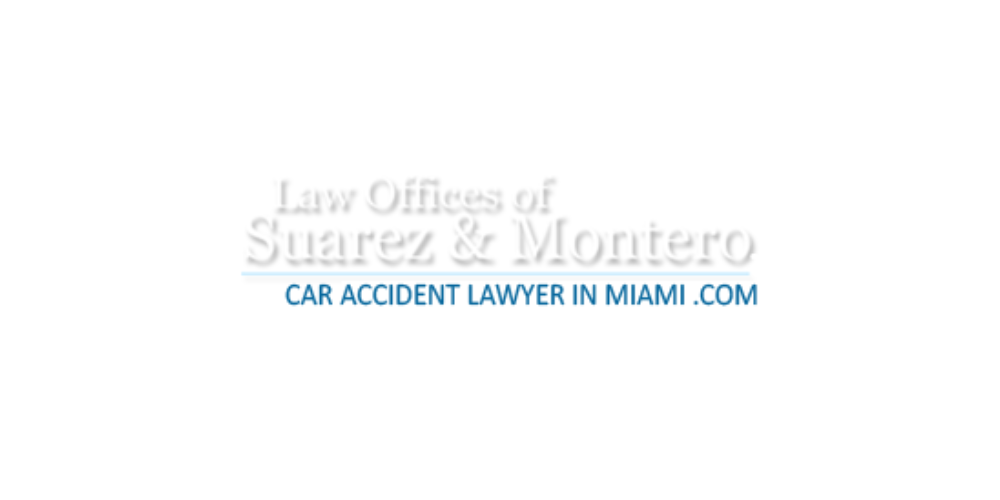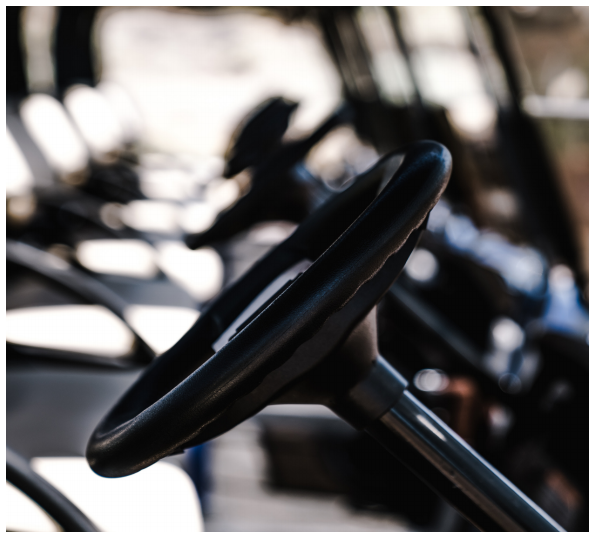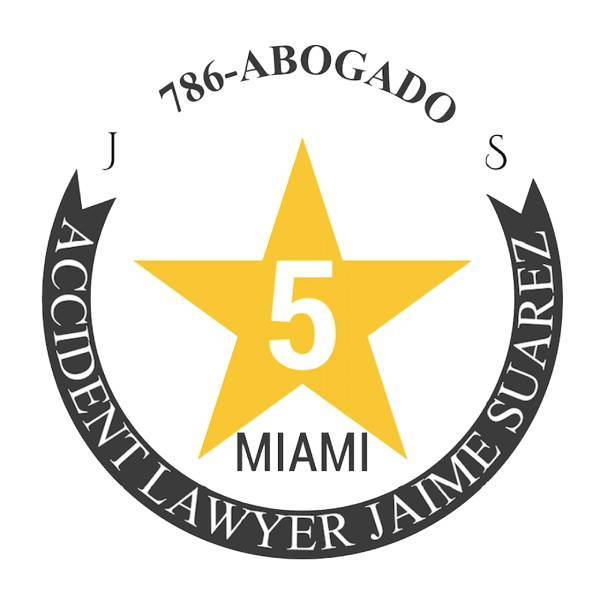
Evidence of Repairs in Premises Liability Cases
As a personal injury law firm, we represent many injured victims who have been injured by dangerous conditions on public property. Slip and fall cases occur quite frequently in places like grocery stores, apartment complexes and even at amusement parks. Most people who are injured in slip and fall accidents are quick to point out that the owner or manager of the establishment immediately fixed the dangerous condition, whether it be by securing a loose tile on the floor or re-cementing an unstable railing on a steep staircase.
Common sense dictates that if the area was repaired after the incident, the “subsequent remedial measure” (the legal term for repair), should be evidence that the area was not safe to begin with. Sadly, under the Rules of Evidence in Florida, evidence of subsequent remedial measures or repairs are not admissible to prove the existence of a dangerous condition. Why is that? Evidence of subsequent remedial measures is inadmissible to prove negligence. Reason for excluding such evidence lies on sound public policy that property owners should be encouraged to improve, or repair, and not be deterred by fear that if they do so, their acts will be construed into an admission that they had been wrongdoers.
As a general rule, any evidence that is relevant is admissible. Relevant evidence is defined as evidence having any tendency to make the existence of any fact in issue more probable or less probable than it would be without the evidence. On first glance, it seems that if a landowner fixes a condition, it makes it more probable that they viewed the prior condition to be dangerous and in need of repair.
Federal Rule of Evidence 407 states the following: “When measures are taken that would have made an earlier injury or harm less likely to occur, evidence of the subsequent measures is not admissible to prove negligence, culpable conduct, a defective product or design, or the need for a warning or instruction.” However, evidence of subsequent remedial measures may be admissible for other purposes, such as impeachment or—if disputed—ownership or control of the cause of the harm (e.g., a car) or feasibility of precautionary measures. As for timing of the remedial measure, to be excluded, the remedial measure must be undertaken after the plaintiff is injured; a remedial measure made after a product was manufactured but before the plaintiff is actually injured is not subject to exclusion under FRE 407.
Additionally, the exclusion of evidence of a subsequent remedial measure applies to product liability actions based on negligence and those based on strict liability. This exclusionary rule is based on public policy. If subsequent remedial measures, like the repairs discussed above, were admissible to prove liability in court, a property owner would be hesitant to fix the problem. In areas frequented by the public, this could result in many more injuries.
The rule preventing the admission of subsequent remedial measures is designed to ensure that property owners will do the right thing and make the premises safer for everyone immediately without having to worry about their repairs being used against them in court. Does that mean we should forget about subsequent remedial measures entirely? Of course not! There are exceptions to this exception. If a property owner denies they own the property in question, claims they have no way of fixing the defect or dangerous condition or if they allege that a repair would be cost prohibitive, an injured plaintiff may offer evidence of the subsequent remedial repairs for the purposes of proving ownership, control, or the feasibility of repair. While subsequent remedial measures don’t prove the case or guarantee recovery, they can still make all the difference at trial.
Call our Miami Slip and Fall Lawyer for a FREE Consultation Today.
It is the other side’s goal to pay you as little as possible. When you talk to the other party or their insurance company, they might take what you say out of context. They might also completely twist your words or claim that you said something that you didn’t say. When you work with an experienced attorney, they can handle the negotiations with the other side. Slip and fall accidents are among the most common types of personal injury cases in Florida.
If you have been injured in a slip and fall accident, it is important to understand your legal rights under Florida law. Slip and fall accidents can lead to serious injuries, they must be taken seriously. If you or someone you love slipped and fell on somebody’s property, they might be eligible to receive financial compensation so to be able to pay for the medical expenses, lost income or other things involved. Talking with an attorney may make it easier to get the money or other resources needed in order to make a full recovery, or as close to a full recovery as possible. Compensation may be available to help pay, both now and in the future, for lost wages and medical bills that were incurred as a result of the injury.
Let the slip and fall accident attorneys at Suarez & Montero review the circumstances of your case and discuss your legal options. Our attorneys are ready to provide proven legal representation in pursuing your claim and stand ready to protect your rights. For further information and proper legal advice, call the Miami slip and fall attorneys at Suarez & Montero for a free consultation.





